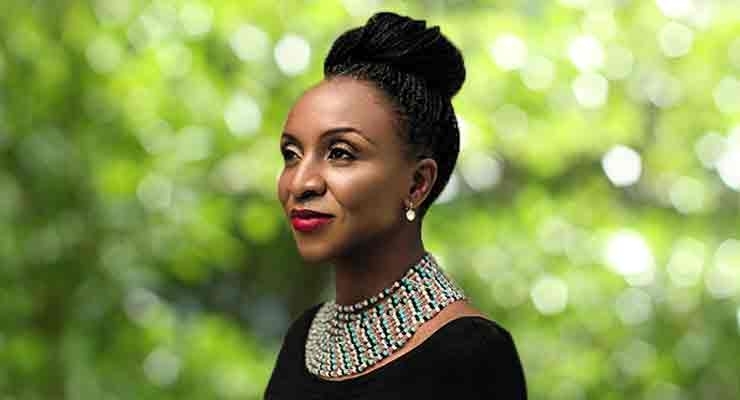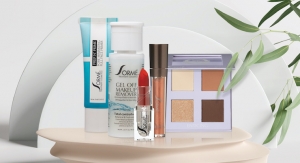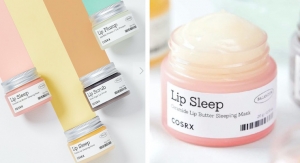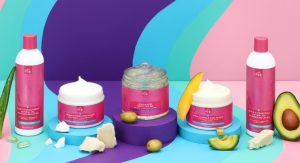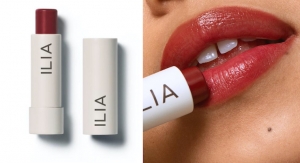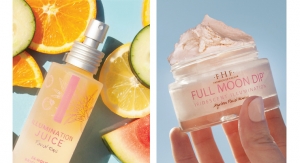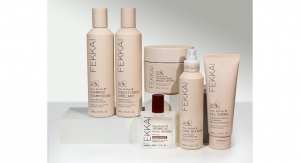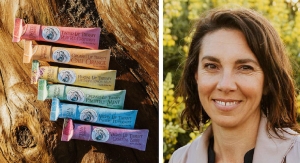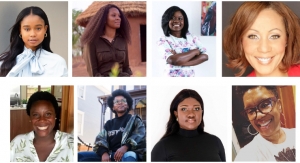Funlayo Alabi, Co-Founder, Shea Radiance04.05.18
Much attention is focused on the economic welfare and empowerment of women around the globe and rightfully so; in the U.S., women are speaking out against abuse and harassments with outcries leading to policies that create safer and better working conditions for all.
Update: Celebrating International Women's Day 2020, brands such as L'Occitane are donating profits to help fund women's projects.
In West Africa, particularly in rural agricultural communities, the most significant threat to sustainable working conditions (that will allow women farmers to continue making an income to care for their families) is the impact of climate change on their environment.
The connection between the welfare of women and climate change in the agriculture sector may seem like a stretch to some, but to the women that make a living in these areas, it’s an all present reality.
Women are responsible for collecting water and wood for use in cooking and cleaning. Water and wood are key elements in the production of shea butter, which is a key source of supplemental income in the Sahel belt of West Africa, covering 21 countries and impacting the lives of approximately 16 million women.
Birds, Bees and Shea Butter Trees
I sat through a presentation by Birdlife International in Accra about a year ago and learned how environmental changes were impacting the migratory patterns of birds and the effect this could potentially have on shea butter production.
Over 40% of long-distance bird migrants in the African-Eurasian flyway have shown signs of decline over the last three decades. The Sahel region where the shea trees grow is a crucial area for bird survival, because it’s the first place where they can rest and feed.
Diversity of trees in this region is critical to attract birds during this migratory period. The shea trees depend on the birds and the bees to cross-pollinate and spread seed. A decline in the number of birds means a potential decline in the yield of shea nuts and the propagation of shea trees which will ultimately impact women’s ability to grow their income over time.
Another indirect result of creating an attractive ecosystem in the shea belt is a healthier environment that attracts bees and provides other income-producing opportunities for women such as honey and beeswax. The planting of diverse trees also provides alternative sources of firewood, so that women are less inclined to cut down shea trees.
Advocating for Sustainability to Empower Women Farmers
The shea industry has nearly doubled in the past ten years. Shea butter is an important ingredient in food, cosmetic, and pharmaceutical products worldwide.
Non-profit organizations like the Global Shea Alliance (GSA) exist to advocate for the sustainability of shea and the economic empowerment of women farmers in the that sector. Through public-private partnerships, GSA launched a sustainability program that identifies industry-wide challenges and implements solutions via stakeholder guidelines and collaborative projects. The guidelines promote women’s empowerment, good working conditions, development of local communities, and the protection of ecosystems.
Members of the Alliance are encouraged to get involved in project work streams like building storage facilities for women’s groups in shea communities; capacity building and business training for women’s groups; pilot projects to improve the health and safety of collectors; research and development of improved planting materials; parkland management trainings for shea communities; and conservation pilot projects.
Brands like Burt’s Bees and The Body Shop are sustainability members involved in one or more of the project work streams.
In addition to improving women’s incomes by providing increased access to the global market for shea, and as women begin to scale their operations and increase productivity, the effect on the environment and climate change must be considered. Women use large amounts of firewood to boil the shea nuts and process shea butter and this process contributes to deforestation.
L’Oréal sources shea butter directly from communities in Burkina Faso, West Africa. The beauty company used more than 1,000 tons of shea butter sources shea butter directly from those communities.
L’Oréal implemented a carbon balanced ambition program, whereby they facilitated the acquisition of 1,500 improved cook-stoves, to replace the traditional “three-stone” stoves used to boil water to scald shea nuts. This installation allowed them to avoid both the emission of over 2,300 tonnes of CO2 annually and the harvesting of nearly 800 tonnes of timber in 2016.
Women who harvest shea are the caretakers of the ecosystem that sustains them. Given the right support, education and tools, they have the power to abate the impacts of existing damage and build a healthier and more productive environment for themselves and future generations.
ABOUT THE AUTHOR
Funlayo Alabi is the co-founder of Shea Radiance, a natural beauty brand dedicated to transforming hair, skin, thinking … and lives into something more beautiful than what it was before.
Alabi is a global business leader who speaks domestically and internationally on matters of international business, market and economic access for African women, Africa’s agricultural sector and Shea butter. Alabi and Shea Radiance were selected to be honored in the 2017 Goldman Sachs 10,000 Small Businesses program offering education, business support services and access to working capital.
Read More
L'Occitane Supports the Women Who Collect & Process Shea Butter: The brand is celebrating International Women's Day 2020 by donating profits from the sale of its Solidarity Balm.
Brands Can 'Do Well By Doing Good': Beauty consumers care, and Kahina, Burt's Bees, Shea Moisture, and Kjaer Weis do as well.
Shea Butter: From Seed to Shelf: A look at the history and value of shea butter in beauty products.


